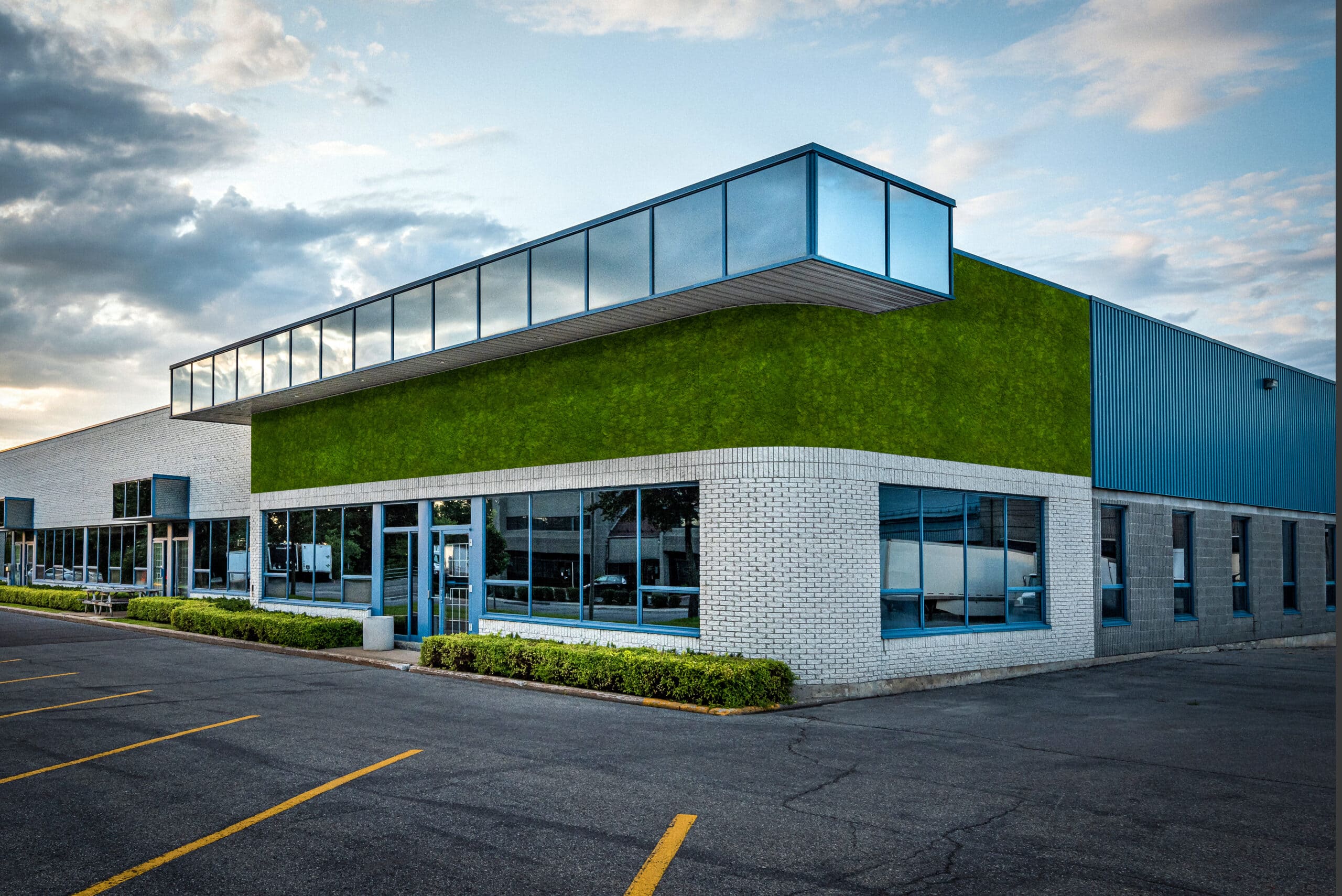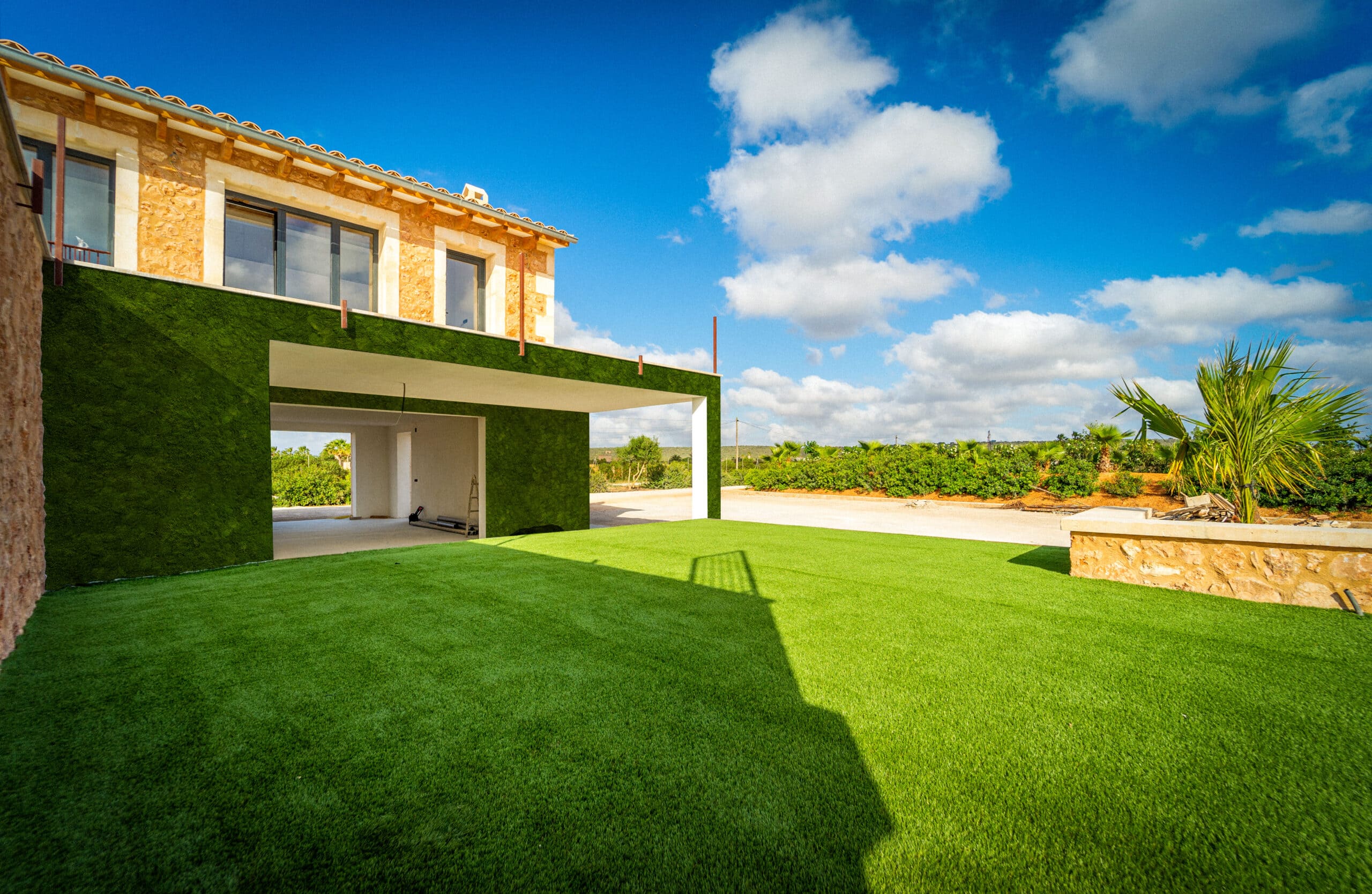Greening of facades in large cities:
A sustainable way to improve the urban environment

In large cities, space is becoming increasingly scarce and the number of buildings is increasing. This often creates a gray and lifeless atmosphere in the city. One way to change this is to green facades. This measure has not only aesthetic benefits, but also positive effects on the urban climate and the environment. In this article, we will take a closer look at this topic and discuss the benefits and challenges of greening facades.
What is facade greening?
Facade greening is a method of attaching plants to the exterior wall of a building. This method can be implemented in various forms, from simple trellises to special systems suitable for larger plants. Plants can be placed either directly on the wall or in special containers.
Advantages of greening the facade
The greening of facades offers many benefits, both for the environment and for residents and visitors to the city. Here are some of the main advantages:
Challenges in the greening of facades
Although green facades offer many benefits, there are also some challenges that must be considered during implementation. Here are some of the key challenges:
GREENOVATION

Prepared moss, on the other hand, is a much better option for adding greenery to building facades. Compared to other types of planting, prepared moss offers a number of advantages.
Conclusion
Prepared moss offers an attractive and low-maintenance alternative for greening facades. It can help improve air quality, reduce noise levels and improve the appearance of buildings. If you would like to learn more about using prepared moss for greening facades, talk to one of our experts.
You can find more information here




